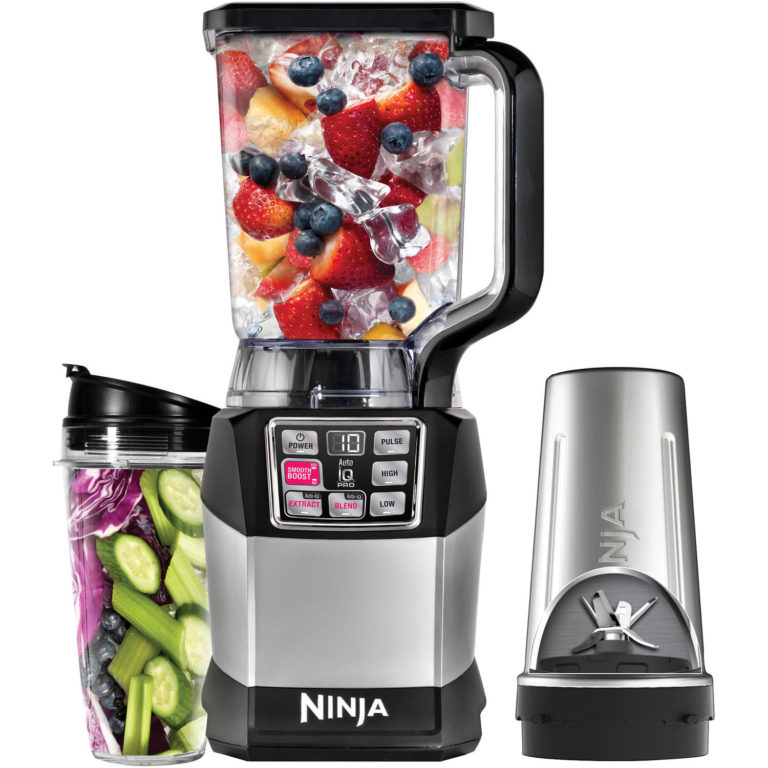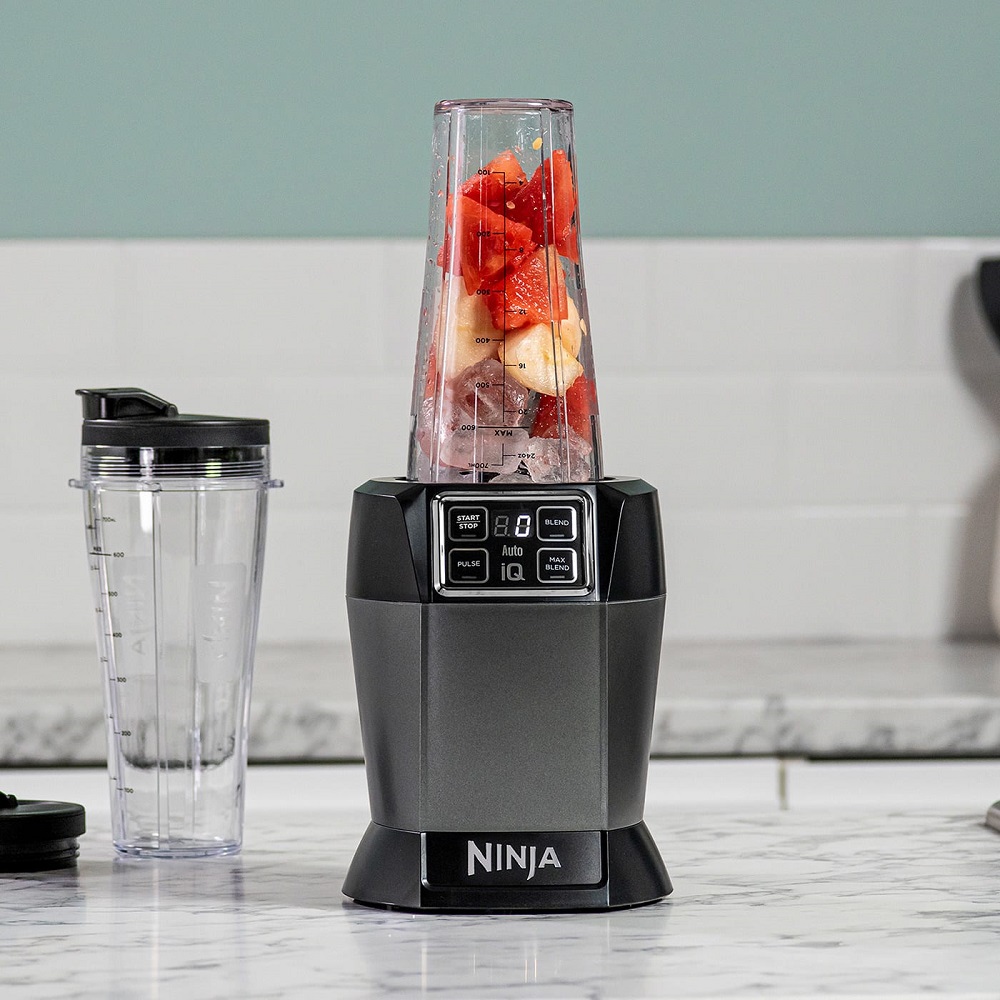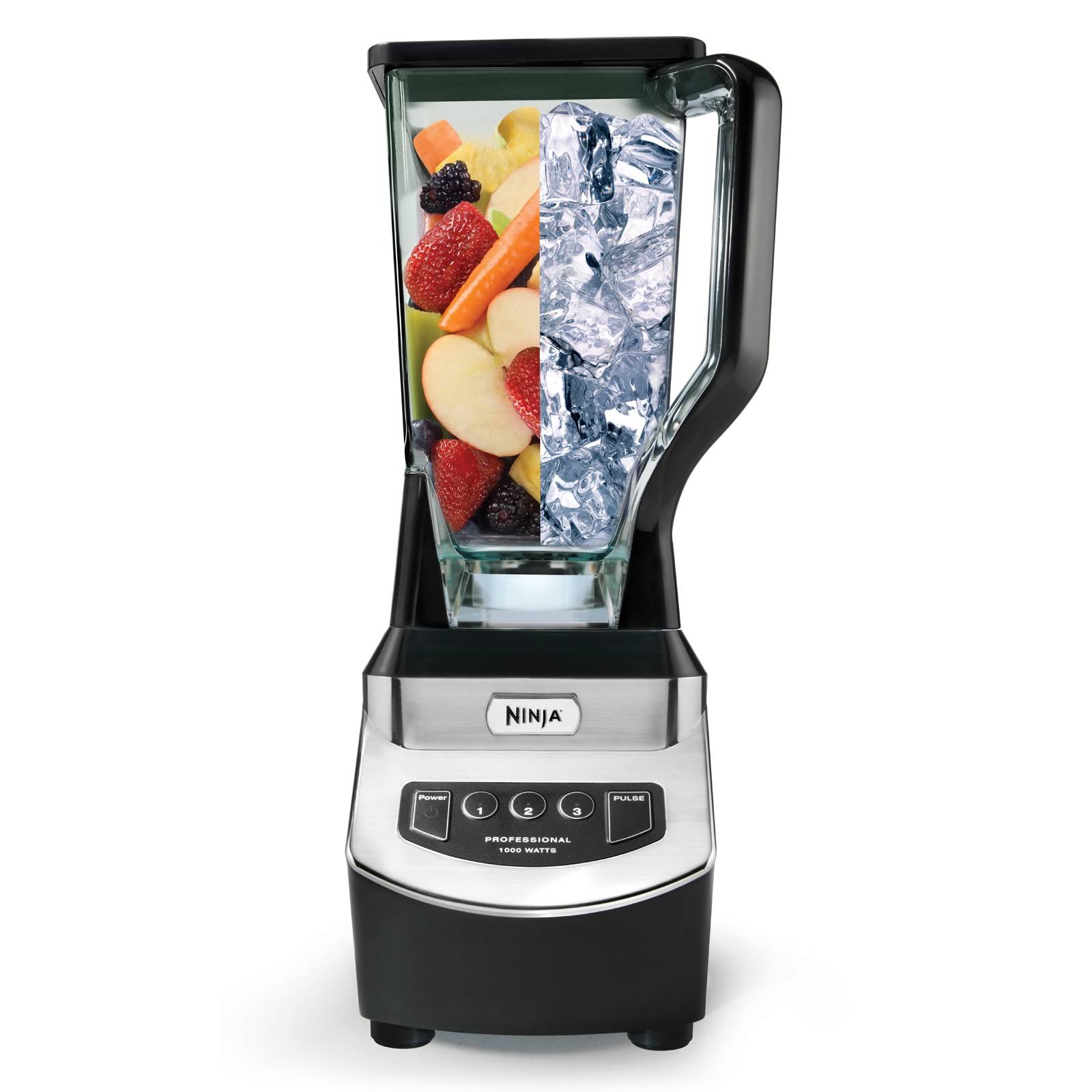
Blenders are essential tools in modern kitchens, making it easier to prepare smoothies, soups, and sauces. But what happens when your typically reliable appliance suddenly stops working? If you’ve ever found yourself wondering, Why is my Ninja blender not spinning?, you are not alone. This can be a frustrating experience, especially when you’re in the middle of preparing a meal or drink. Let’s dive deep into the possible causes and solutions for a non-spinning Ninja blender to get your appliance back to full functionality.
Power Supply Issues
The first thing to check if your Ninja blender is not spinning is the power supply.
- Plug Check: Ensure that the blender is securely plugged into the electrical outlet. Sometimes, a loose plug can cause intermittent power, preventing the blender from operating.
- Outlet Test: Test the electrical outlet by plugging in another appliance to see if it works. If the other appliance also fails to operate, the issue might be with the outlet itself. Consider trying a different outlet or resetting your circuit breaker.
- Power Cord Examination: Inspect the blender’s power cord for any visible damage. A frayed or damaged cord can result in an incomplete circuit, preventing the blender from receiving power.
Ensuring a stable power supply is the first step in troubleshooting a non-spinning Ninja blender.
Misaligned Components
One common reason for a Ninja blender not spinning is improperly aligned components.
- Lid Alignment: Align and securely lock the lid to engage the safety features, since Ninja blenders will not operate if the lid is misaligned.
- Jar Placement: Correctly seat the blender jar on the base, ensuring it aligns properly with the base unit for the blender to function.
- Blade Assembly: Properly insert the blade assembly into the jar to enable the blender to operate effectively. An improperly aligned blade can prevent the motor from engaging, leading to a non-spinning blender.
Proper alignment of all components is crucial for the safe and effective operation of your Ninja blender.
Overloaded Blender
Overloading the blender can cause the motor to struggle, resulting in a non-spinning situation.
- Ingredient Quantity: Verify if you have overloaded the blender with too many ingredients. Most Ninja blenders come with a maximum fill line; exceeding this can impede the blade’s movement.
- Ingredient Size: Large chunks of food can also cause the blender to jam. Cut ingredients into smaller pieces to facilitate smoother blending.
- Layering Technique: Correct layering is important. Place liquid ingredients first, followed by soft and harder ingredients on top. This helps the motor to engage the blades more effectively.
Avoiding overloading can prevent strain on the motor and ensure your Ninja blender operates smoothly.
Motor Issues
Motor problems can be a more serious reason for your Ninja blender not spinning.
- Overheating: Continuous use of the blender without breaks can cause the motor to overheat. If the motor overheats, it may automatically shut down to prevent damage. Let the blender cool down for about 15-30 minutes before trying again.
- Burnt Motor: If you notice a burning smell or hear unusual noises, the motor might be burnt out. This often requires professional repair or replacement.
- Motor Engagement: Ensure that the blade assembly is engaging correctly with the motor. Worn-out or misaligned gears can prevent the motor from spinning the blades.
Safety Mechanisms
Ninja blenders include various safety mechanisms designed to prevent operation under certain conditions.
- Safety Interlock: Securely lock all components in place, as many models require correct assembly through a safety interlock system before operating.
- Jar Detection: Position the jar correctly to engage the sensors, as some blenders detect if the jar is not properly seated.
Understanding and respecting these safety mechanisms can resolve many common issues that prevent the blender from spinning.
Blade Obstructions
Obstructions in the blade assembly can inhibit the blender’s ability to spin.
- Trapped Ingredients: Check for any large chunks of food or other obstructions that might be preventing the blades from moving. Carefully remove any blockages.
- Blade Sharpness: Dull blades can struggle to cut through ingredients, causing the blender to appear as if it’s not spinning. Check the blades and, if necessary, sharpen or replace them.
- Foreign Objects: Ensure no foreign objects, such as utensils or packaging materials, are lodged in the blade assembly.
Clearing any obstructions can often restore the normal function of your Ninja blender.
Wear and Tear
Over time, regular use can lead to wear and tear, affecting the blender’s performance.
- Worn Gears: Inspect the gears that connect the motor to the blade assembly. Worn or damaged gears can prevent the blade from spinning.
- Seals and Gaskets: Check the seals and gaskets for wear. Damaged seals can cause leaks and impact the blender’s functionality.
- Blade Assembly: Frequent use can cause the blade assembly to wear out. If you notice any damage or increased friction, it might be time to replace the blade assembly.
Regular maintenance can extend the life of your blender and keep it operating efficiently.
Improper Cleaning
Improper cleaning can inadvertently cause issues that lead to a non-spinning blender.
- Residue Build-Up: Food residue can build up on the blades and other components, creating friction and preventing smooth operation. Regularly clean your blender according to the manufacturer’s instructions.
- Drying Components: Make sure that all parts are thoroughly dried before reassembling. Moisture can interfere with the motor and electrical connections.
Proper and regular cleaning can go a long way in maintaining your blender’s performance.
Electrical Failures
Sometimes the problem can be traced back to electrical failures within the blender.
- Fuse Check: Some Ninja blenders come with a built-in fuse that can blow if the blender is overloaded. Refer to your user manual to locate and check the fuse, replacing it if necessary.
- Wiring Issues: Internal wiring issues can prevent the motor from receiving power. If you suspect wiring problems, it’s best to contact a professional for repair.
Addressing electrical failures requires a good understanding of your blender’s electrical components and might often necessitate professional assistance.
User Manual Consultation
If you’ve tried all the above steps and your Ninja blender is still not spinning, consulting the user manual can provide model-specific solutions.
- Troubleshooting Guide: Most user manuals include a troubleshooting guide that covers common issues and their solutions.
- Customer Support: If the manual doesn’t resolve your issue, contact Ninja customer support for further assistance. They can provide guidance or facilitate repairs.
Reading the user manual thoroughly can sometimes provide simple solutions to complex problems.
 Professional Repair
Professional Repair
If all else fails, seeking professional repair might be your best option to get your Ninja blender back to working condition.
- Authorized Service Centers: Contact an authorized service center for professional diagnosis and repair.
- Warranty Check: If your blender is still under warranty, check the terms to see if the repair is covered. This can save you on repair costs.
- Avoid DIY Repairs: While it might be tempting to fix the blender yourself, DIY repairs can void the warranty and potentially cause further damage.
Preventative Maintenance
Finally, adopting preventative maintenance measures can keep your blender in optimal condition and prevent future issues.
- Regular Cleaning: Clean the blender thoroughly after each use, ensuring no food residue is left behind.
- Proper Usage: Follow the manufacturer’s guidelines for usage, avoiding overloading and respecting the maximum fill line.
- Routine Checks: Regularly inspect all parts for signs of wear and replace them as needed.
Preventative maintenance can significantly extend the lifespan of your Ninja blender.
Conclusion
If you’ve been asking, Why is my Ninja blender not spinning?, there are several potential causes and solutions to explore. From power supply issues and misaligned components to motor problems and safety mechanisms, various factors can affect your blender’s performance. By systematically troubleshooting these common issues and following preventative maintenance measures, you can restore your Ninja blender to full functionality. If necessary, seek professional assistance to ensure safe and effective repairs. With a little attention to detail and regular care, your Ninja blender can continue to be a reliable tool in your kitchen for years to come.

